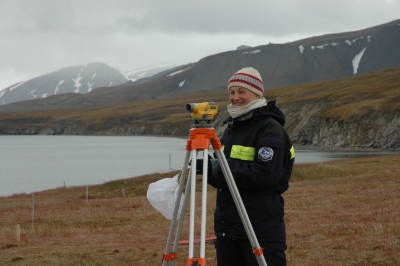Sarah Dresscher

Surviving off the land and sea: understanding the expansion of European commercial hunting systems into the High Arctic –a case-study of Pomors on Spitsbergen (18th – first half 19th century)
Within this PhD Sarah Dresscher tries to combine hunter-gatherer theories, landscape archaeology and historical archaeology to understand historical transformations in hunting strategies in the arctic during the early modern period (ca. 1500-1800 AD). Europeans started to enter the circumpolar north in search for fish, ivory, blubber and furs. The motivation for hunting was no longer driven by the need to survive, but also by commercial or trade-led motives. The circumpolar north became the periphery of Europe, products obtained in the arctic were sold on the European market. This historical transformation can be understood in terms of three modes; mode 1 – Arctic subsistence activities; mode 2 – early commercial exploitation; mode 3 –commercial exploitation of the ‘empty’ Arctic lands. To understand these historical transformations on a household scale the Russian hunters, Pomors, on Svalbard are used as a case study.
| Last modified: | 26 February 2019 3.15 p.m. |
